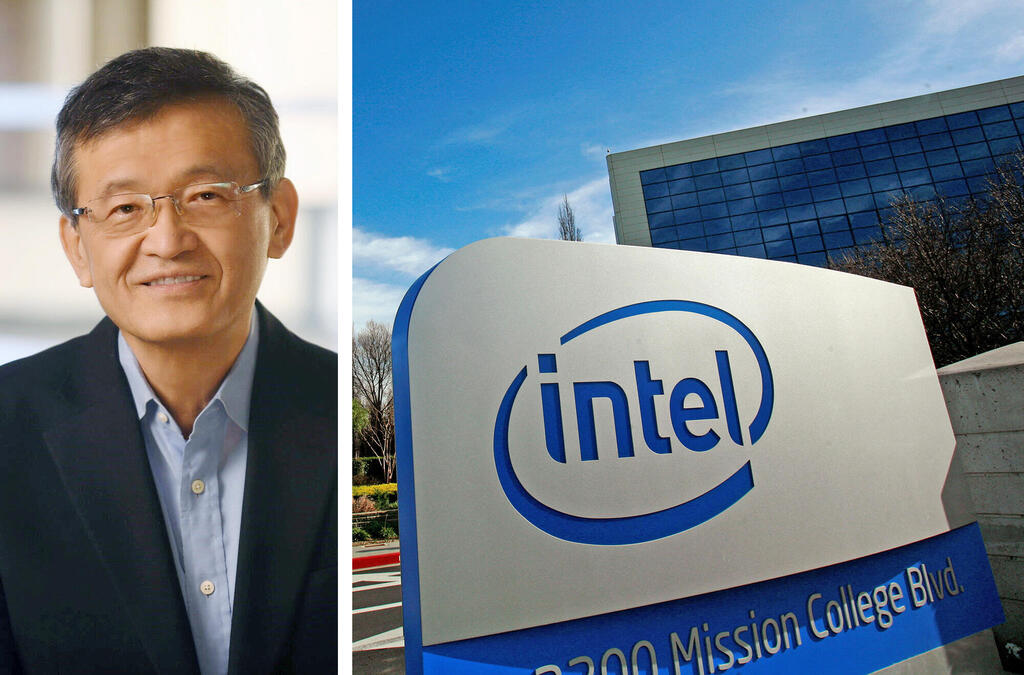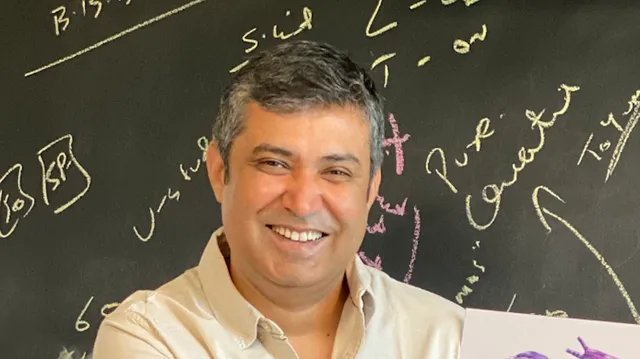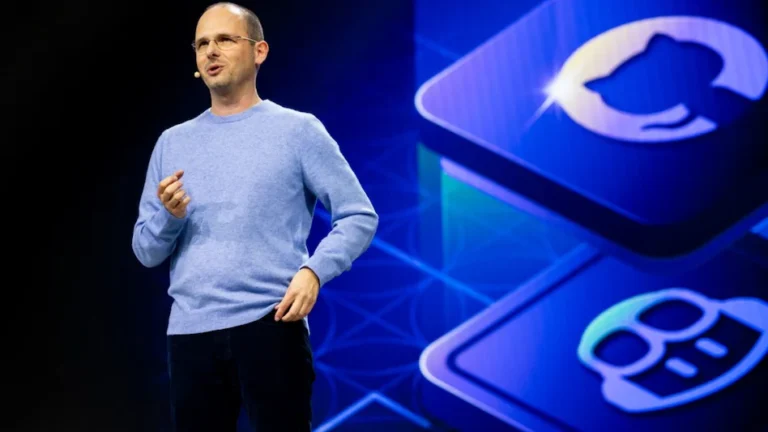
Intel Restructuring Effort Aims at 20% Staff Cuts as Chipmaker Focuses on AI, Innovation
Intel has begun a new chapter under its new CEO, Lip-Bu Tan, who has not waited to make radical changes. In one of the biggest overhauls in recent company history, Intel CEO Lip-Bu Tan is launching a sweeping restructuring that involves cutting more than 20% of the company’s worldwide employees—a process that could impact more than 21,000 workers.
This dramatic move is the initial significant action in a long-term plan to overhaul Intel’s organizational structure, simplify operations, and re-establish its image as an innovation champion in the chip-making industry.
A Streamlined Structure to Regain Engineering Agility
Central to the Intel restructuring is an effort to flatten management levels and give power to technical teams. A number of key chip development teams now have direct reporting lines to Intel CEO Lip-Bu Tan, cutting through conventional hierarchies. The structural reform is designed to make the company’s corporate management flatter, accelerate decision-making, and create a more engineering-centric culture.
In a recent in-house town hall, Tan emphasized the importance of dismantling internal silos and shifting away from bureaucratic inefficiencies that have hampered Intel’s innovation pace. With AI chip development taking center stage, this nimble new organization is set to enable Intel to compete more effectively with industry leaders such as Nvidia.
Intel’s Cost-Cutting Strategy Hits Hard
These are part of Intel’s wider $10 billion cost-cutting program for 2024. Following a previous workforce reduction by 15% in August last year, this round of job cuts is said to affect a broad array of departments. This reflects Intel’s desperate need to reorient its resources and invest in high-growth segments such as AI, next-generation computing, and chip innovation.
Under Tan’s stewardship, the firm is moving away from its dependency on legacy PC and data center businesses, where the margins have been contracting. Intel is instead doubling down on developing AI chips and sophisticated semiconductor design—areas where it has long played catch-up.
A Turning Point in Intel’s Transformation
Industry watchers see the management of Intel CEO Lip-Bu Tan as a watershed. With a veteran track record of investing in the technology sector and a reputation as a transformation leader, Tan’s hire was eagerly awaited and anxiously watched. His swift and decisive actions—in particular, the mass firings—are aimed at refocusing Intel as a faster, more vision-oriented company.
The firm’s quarterly earnings report later this week, on Thursday, should provide more clarity into the financial effects of these changes as well as provide some insights into Intel’s new strategic vision.
The Road Ahead
The Intel restructuring is a high-risk bet by Intel CEO Lip-Bu Tan to regain the firm’s competitive advantage. With the semiconductor business changing in a fast-and-furious way—specifically when it comes to developing AI chips—Tan’s management will come under intense scrutiny.
Whether this radical shake-up will stoke a genuine comeback for Intel only time will tell. But this much is certain: Lip-Bu Tan’s vision is remodeling Intel’s brand from a lumbering legacy chipmaker to a nimble innovator ready for whatever comes next.



